
How do NFL spreads work? This is one of the most common questions asked by first-day gamblers as they try to make sense of their sportsbook’s interface. In this short sportsbetting guide I will explain how NFL spreads work with plenty of comprehensive examples. I will outline the differences between the line and the odds.

NFL Spreads Explained
How do NFL spreads work
The easiest way to explain NFL spreads is by looking at some examples. Lets pull up some football lines from the American betting site 5Dimes:
We will pick the game between the Pittsburgh Steelers and the Carolina Panthers. The first number we will look at is the spread itself. 5Dimes has the spread for this game listed at 4.5. The Carolina Panthers are favored at -4.5 while the Pittsburgh Steelers are the underdog at +4.5. If you place a wager against the spread you will apply that positive or negative value to your team’s score at the end of the game to determine whether or not your wager wins. This means a bet on Steelers +4.5 will win if they win the game outright (example: 20-19 Steelers), or if they lose the game by 4 or less points (example: 23-19 Panthers). Alternatively a wager on Panthers -4.5 will only win if they are victorious by a margin greater than 5 points (example: 25-20 Panthers). Lets look at another example:
This time we will use a spread that is an integer. If you bet on the Colts at +4 then you will win if they earn an outright victory (example: 21-20 Colts) or lose by 3 or less points (example: 14-11 Bengals). A wager on the Bengals at -4 will only win if they win by a margin of 5 or more points (example: 20-3 Bengals). The only difference here is that if the Bengals win by exactly 4 points then the wager is considered a push and your stake is refunded (example: 24-20 Bengals).
How do odds work
How do odds work?
Now that we understand how spreads work it is time to take a look at the odds. In both of the examples cited earlier we notice that there are additional numbers next to the spread. The American odds format uses a combination of positive and negative numbers of three or more digits to indicate how large your return will be if the wager wins.
Negative American Odds
Most football spreads will have -110 odds. This means that if you were to risk $110 you would profit $100 for an overall return of $210. Negative American odds require you to risk that much money in order to profit $100. For example:
- You need to risk $130 to profit $100 on a wager with -130 odds.
- You need to risk $225 to profit $100 on a wager with -225 odds.
- You need to risk $5400 to profit $100 on a wager with -5400 odds.
Of course you can risk-to-win any amount that you want. It does not need to be in incriments of $100. A $50 wager on a -200 market would give you $25 profit since the conversion ration implies a $200 risk to generate a $100 profit. The more negative a number the larger that market is favored to win. Both sides of the majority of NFL spreads will have -110 odds. Since a $110 risk on both sides would result in a net -$10 loss we can see where the bookmaker’s advantage is present.
Positive American Odds
You might have noticed that some odds are positive values. The larger the positive value the more of a longshot that wager is to win. Risking $100 on a bet with positive odds will return that number of profit. A few examples:
- A $100 risk on a bet with +125 odds will give you $125 profit.
- A $100 risk on a bet with +500 odds will give you a $500 profit.
- A $100 risk on a bet with +100 odds will give you $100 profit.
NFL Spreads Explained
We will take a look at the match between the Tennessee Titans and the Miami Dolphins. If we were going to bet on the spread we would have a choice of Titans +2.5 (-105) or Dolphins -2.5 (-115). If we risk $105 on Titans +2.5 we will win $100 if Tennessee win outright or lose by 2 or less points. If we risk $11.50 on Dolphins -2.5 (-115) we will profit $10 if they win by at least 3 points.
How oddsmakers set NFL spreads

One of the biggest lines misconceptions are that oddsmakers set their spreads strictly based on the outcome probability of a given match. A lot of people believe that both sides of a spread that have the same odds (-110) will both win close to an equal amount of time. This is not the case. Oddsmakers adjust their lines in order to account for the way their customers perceive the game. They will move the spread and odds in order to control the flow of incoming action. The market will be set either to achieve a balance in action or for the sportsbook to take a position (where they believe a majority of bettors are on the side of a game with a statistical disadvantage).

Lets use another example to make sure everyone is on the same page. We will use this game between the Green Bay Packers and the Jacksonville Jaguars:
For the past few seasons the Packers have been one of the better teams in the NFL. As a result they naturally attract a large portion of the action. Let’s assume that the oddsmakers ran the numbers and determined that the expected value of the spread should be Packers -2.5. This means that in a large sample size the Packers will win by an average of 2.5 points. The reason why this would not be a good line for them to release is because they know that a large portion of the action will pile on to that side of the spread. Instead they can move the line to another value (say 4.5). Not only will this bring more people to the Jaguars +4.5. Oddsmakers do not necessarily try to simply create a balance in wagers. They can take a position on a game in which the majority of money is on the side with a statistical disadvantage. The more people who bet on the Green Bay Packers at a 2-point disadvantage against the market’s expected value the better.

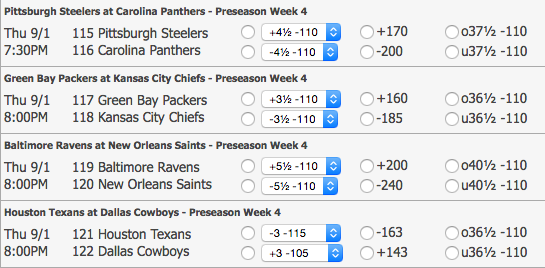





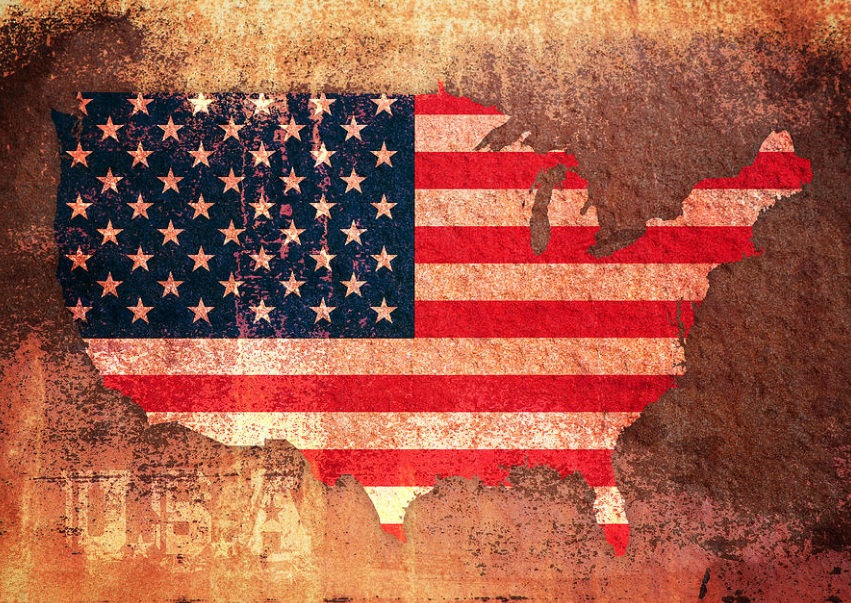
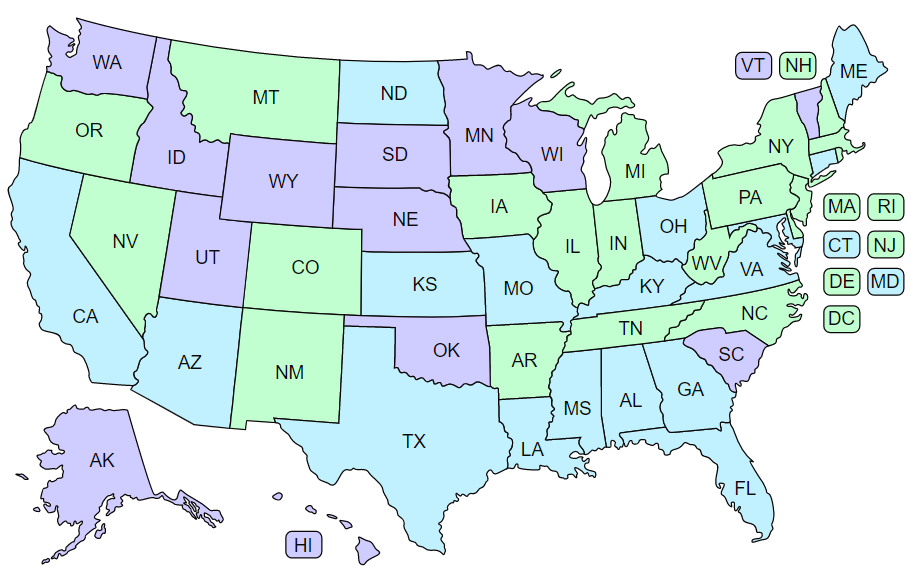

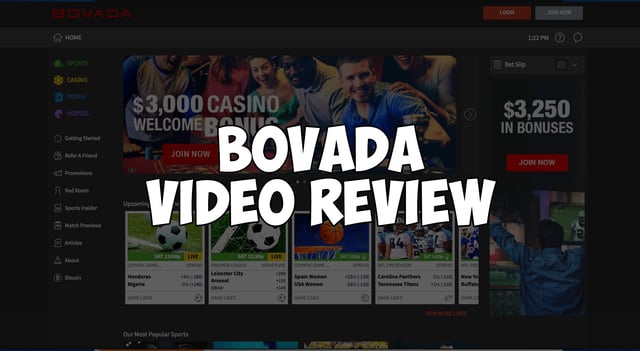

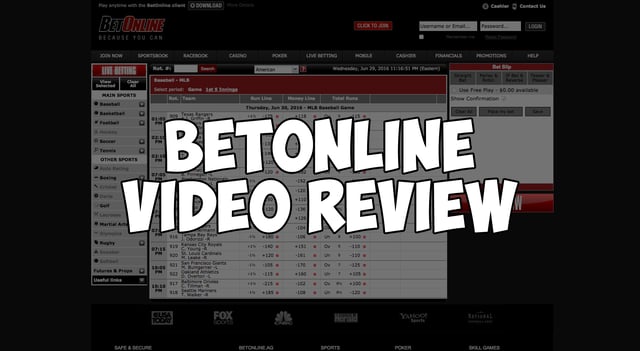





Nice guide. The second part is a bit advanced for a beginner guide though